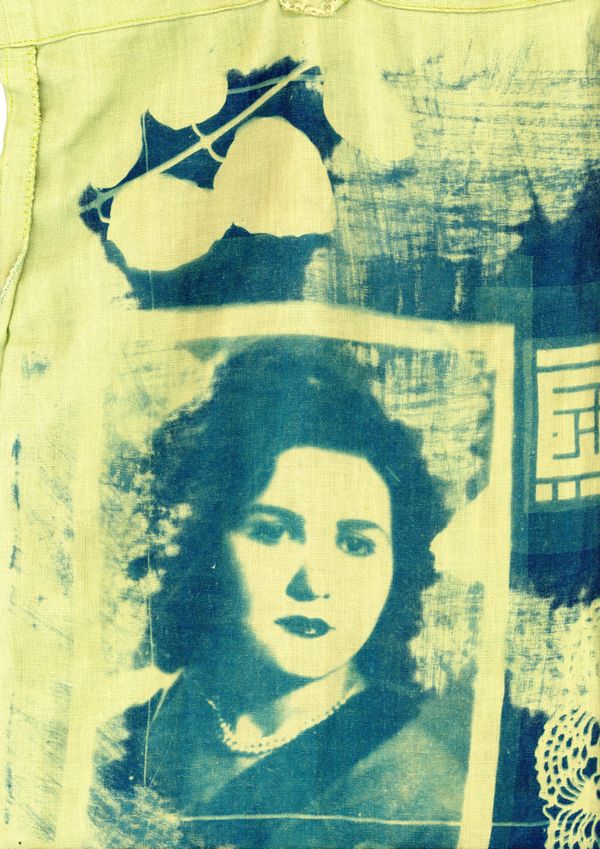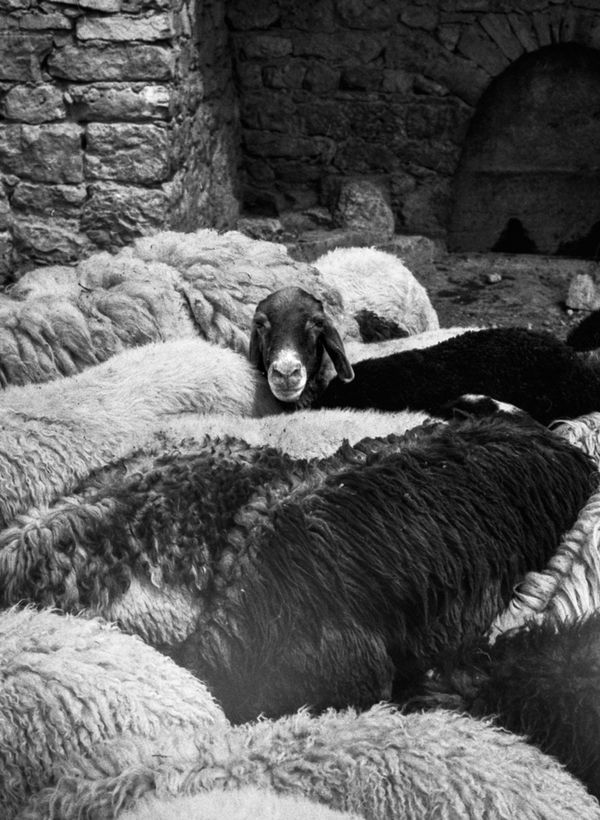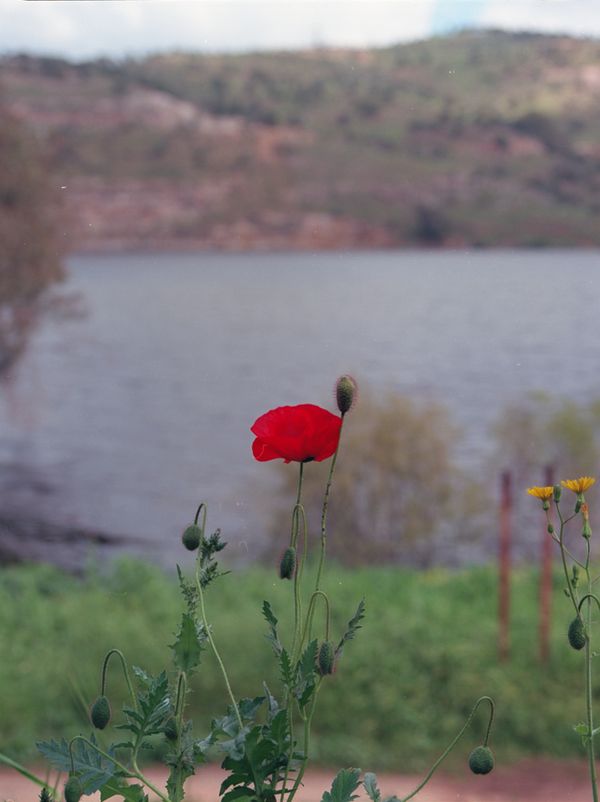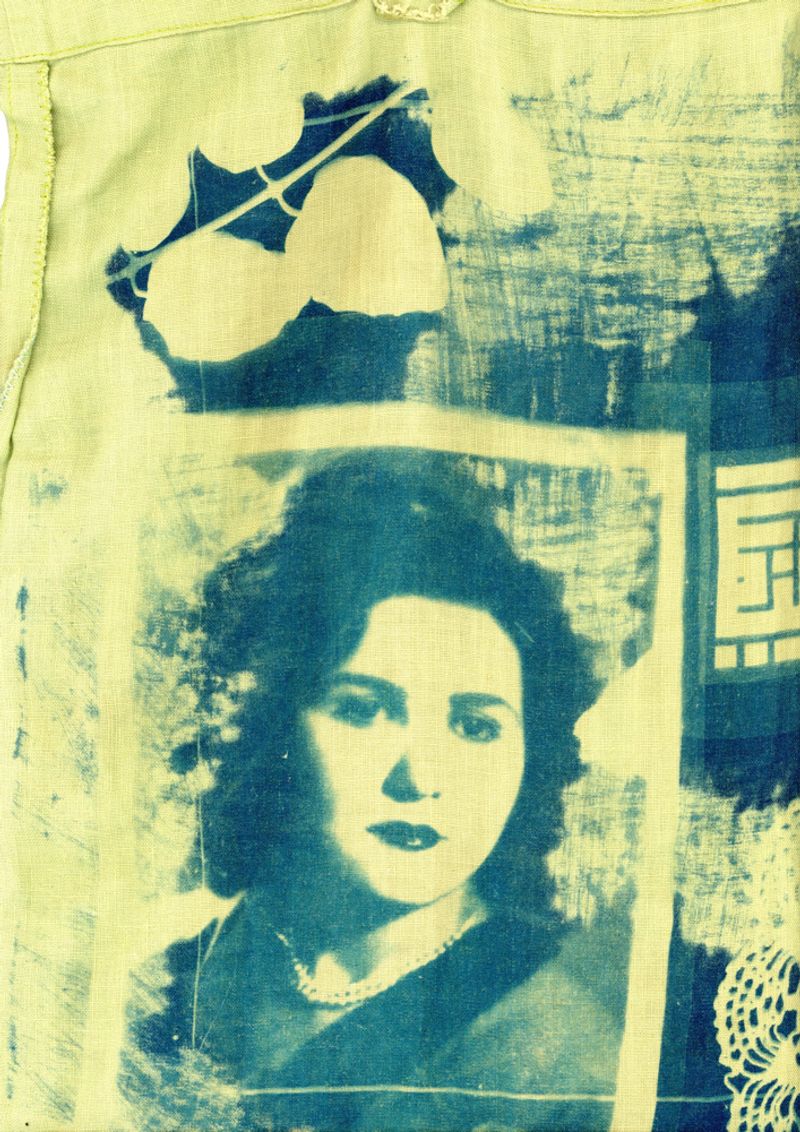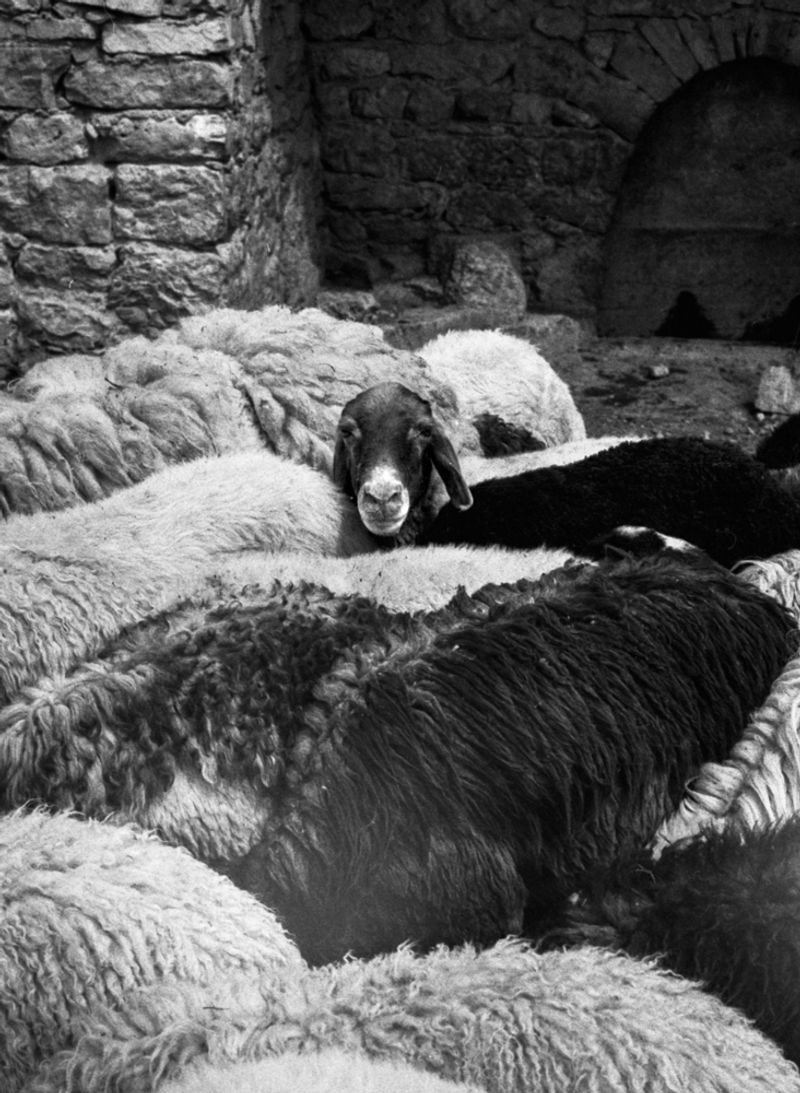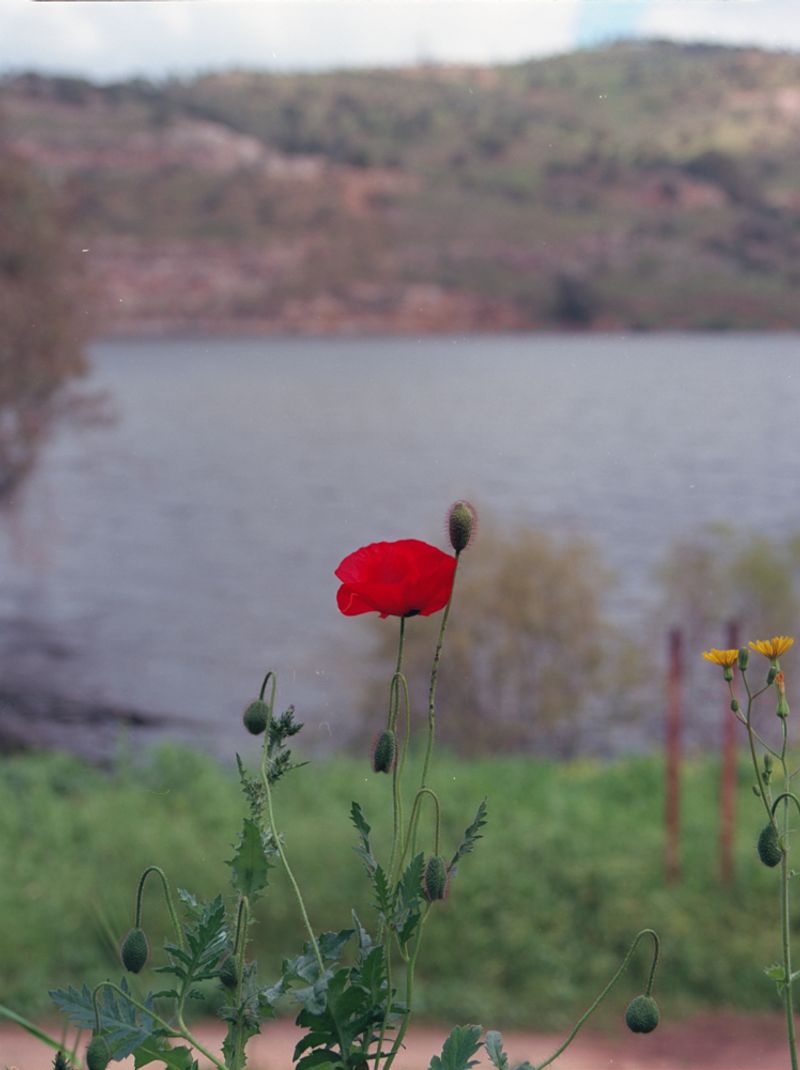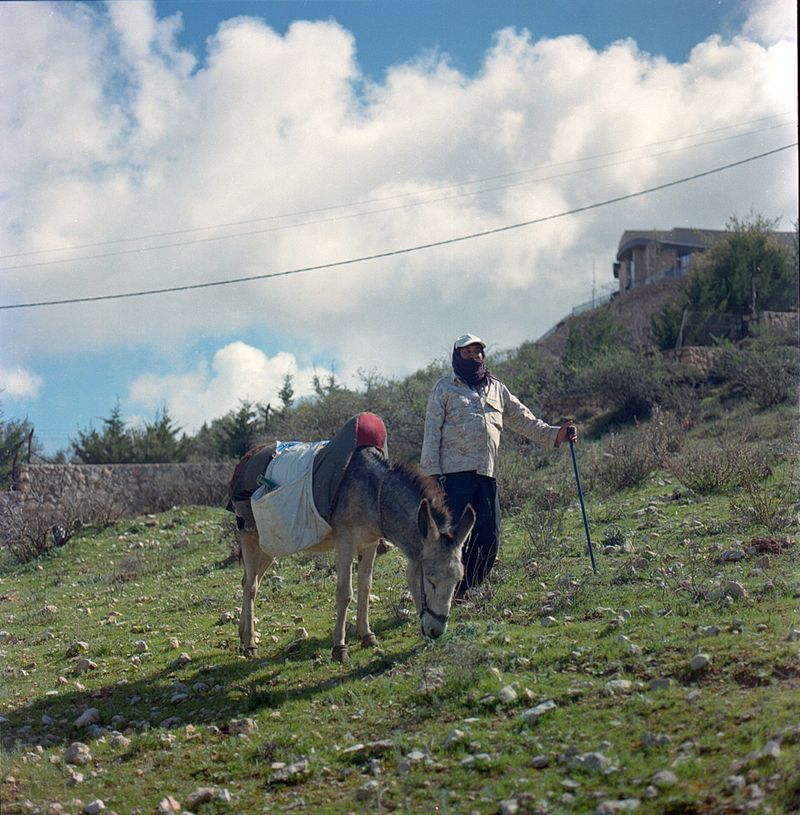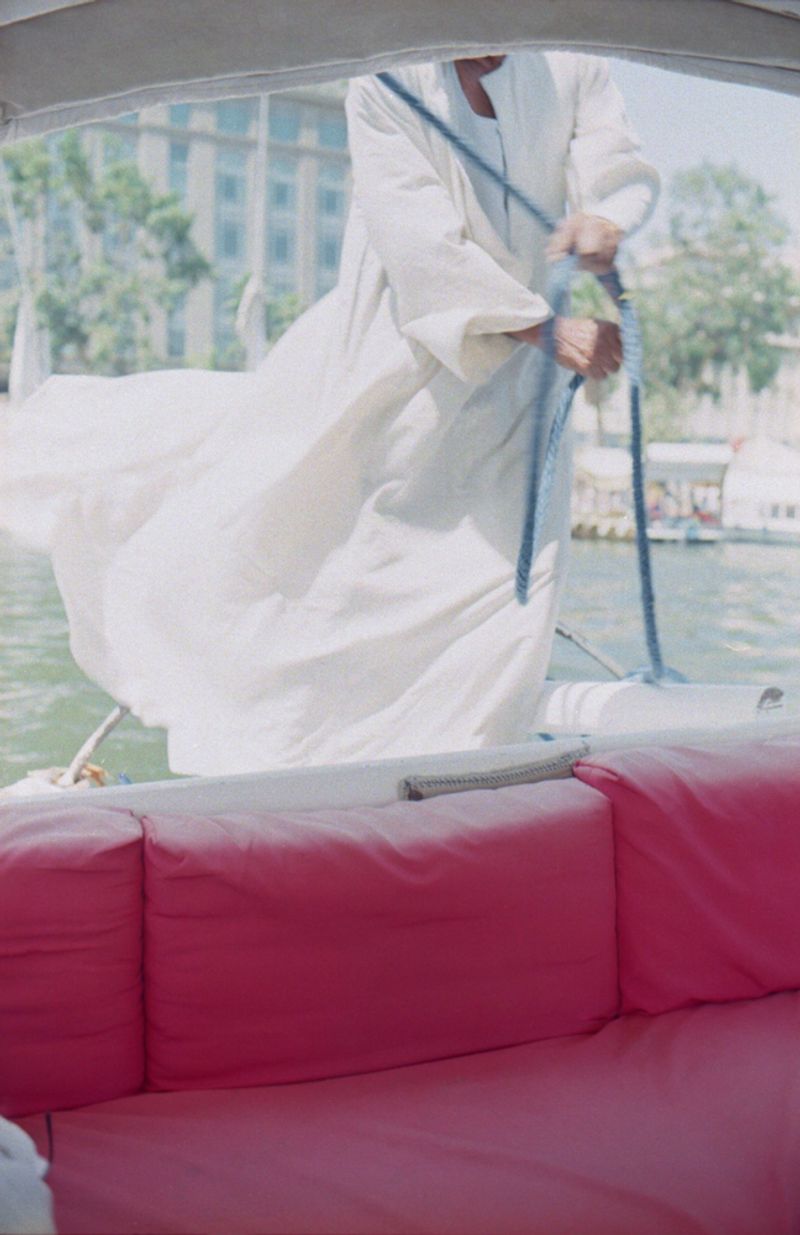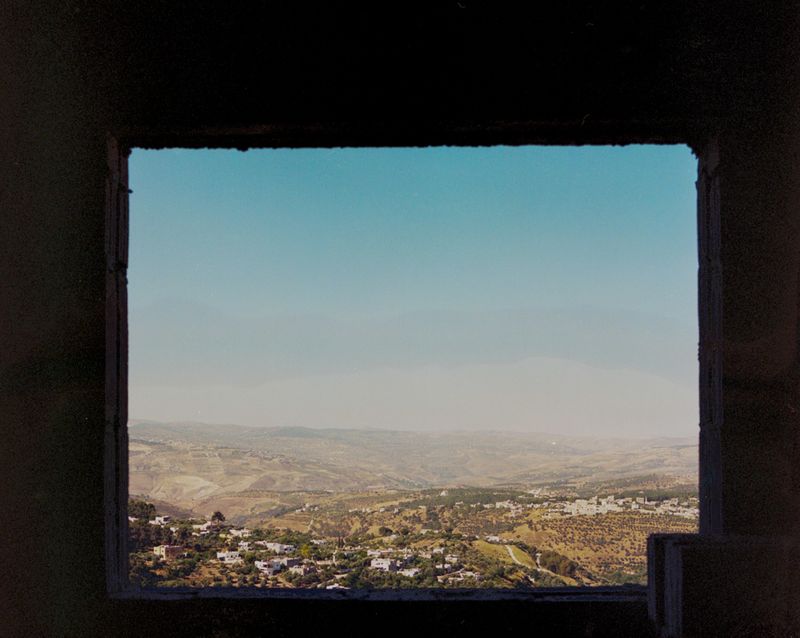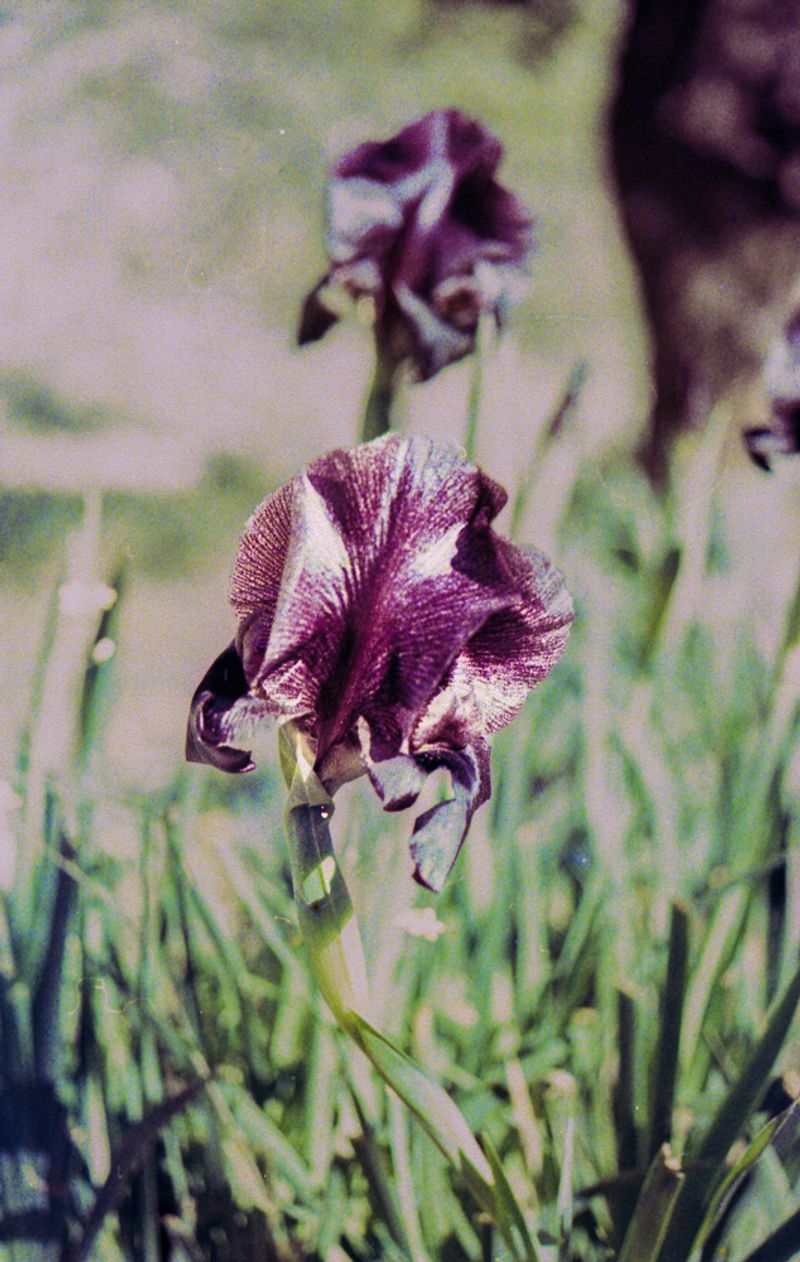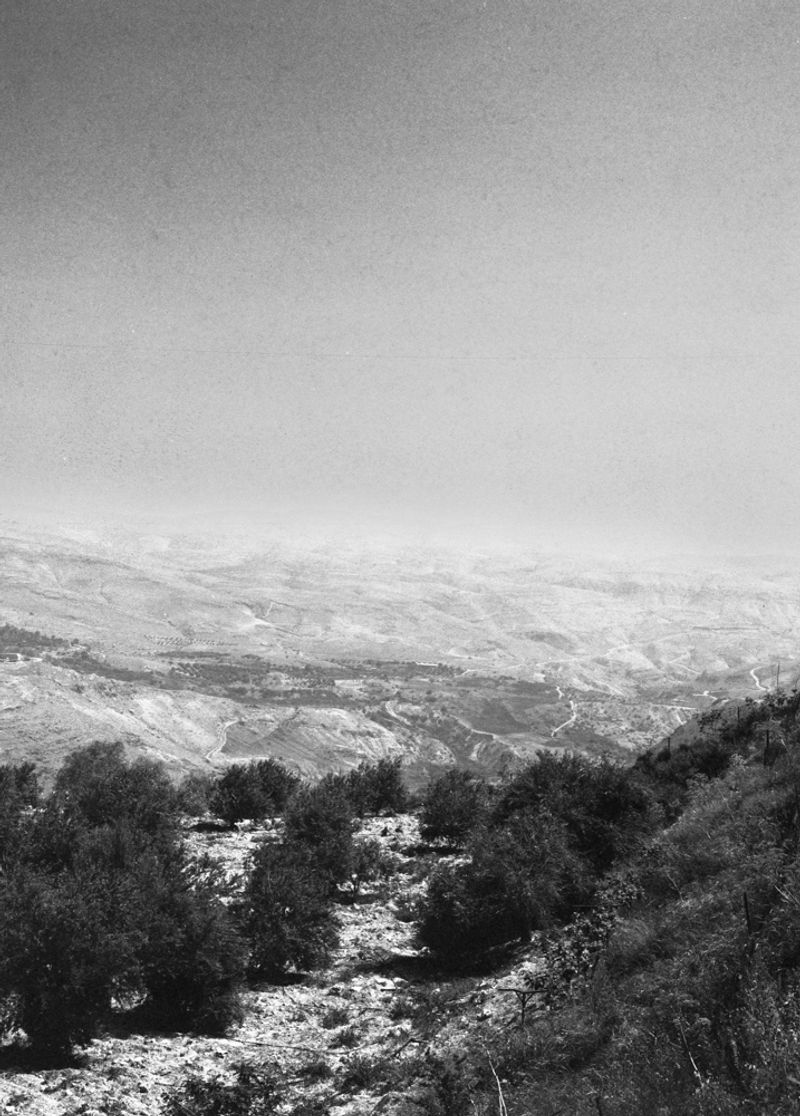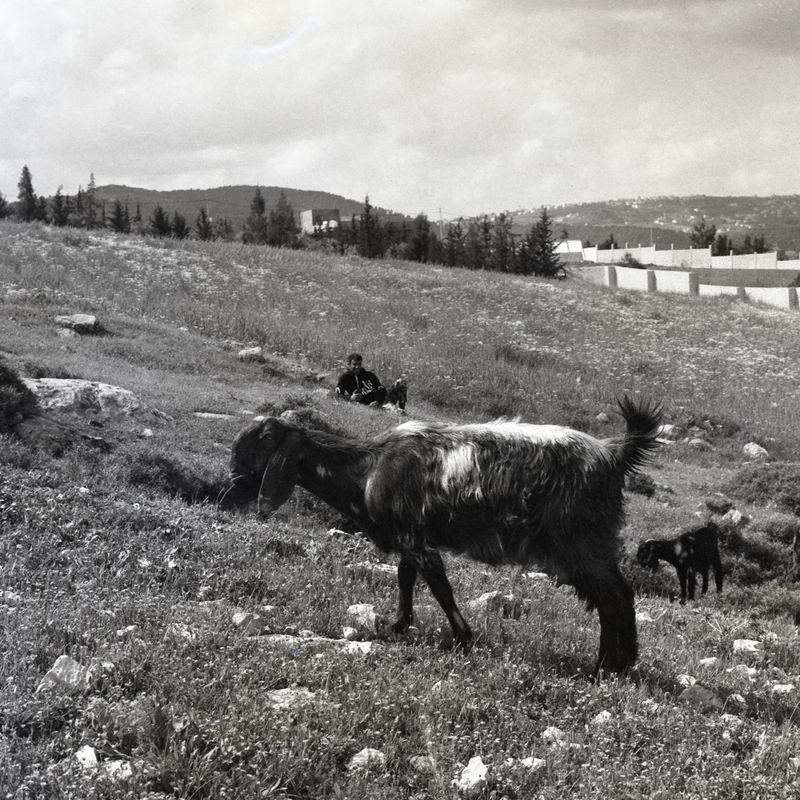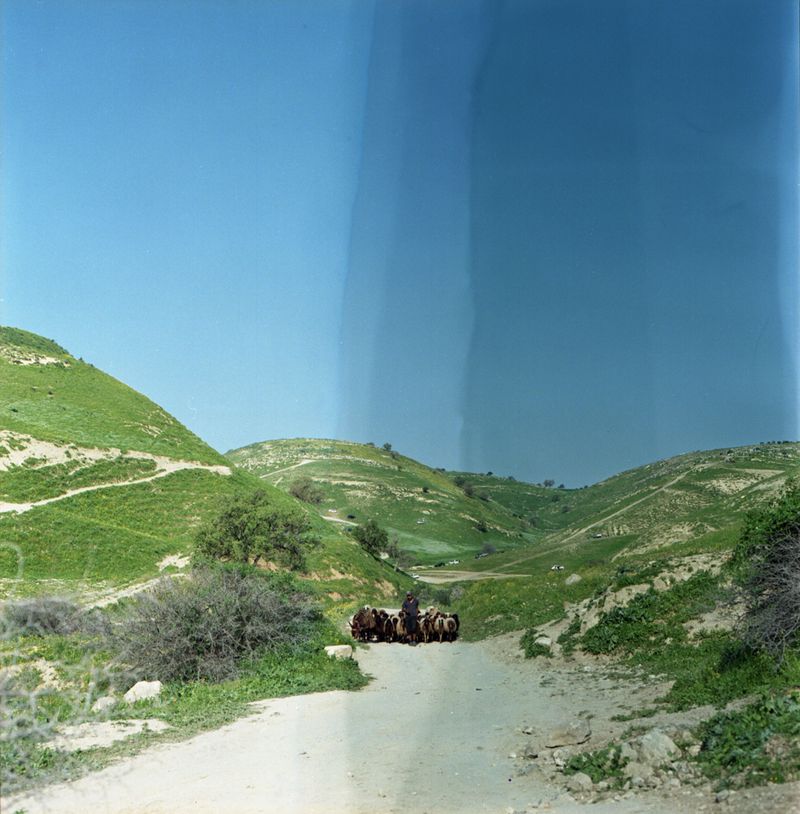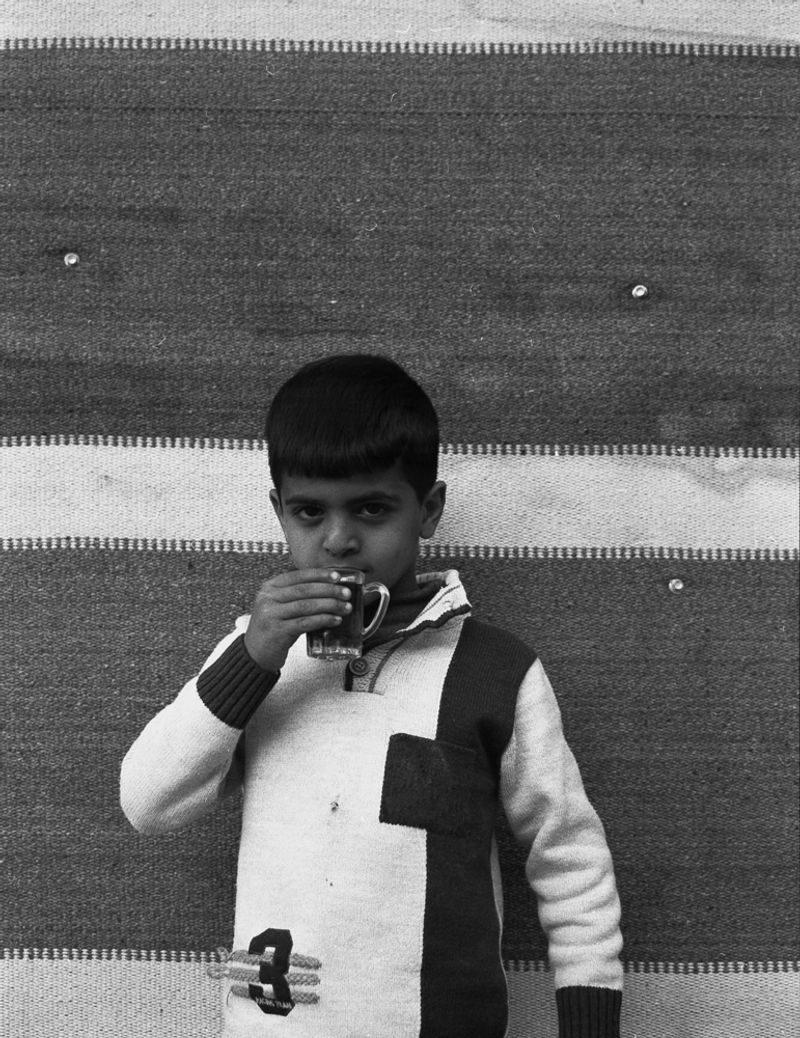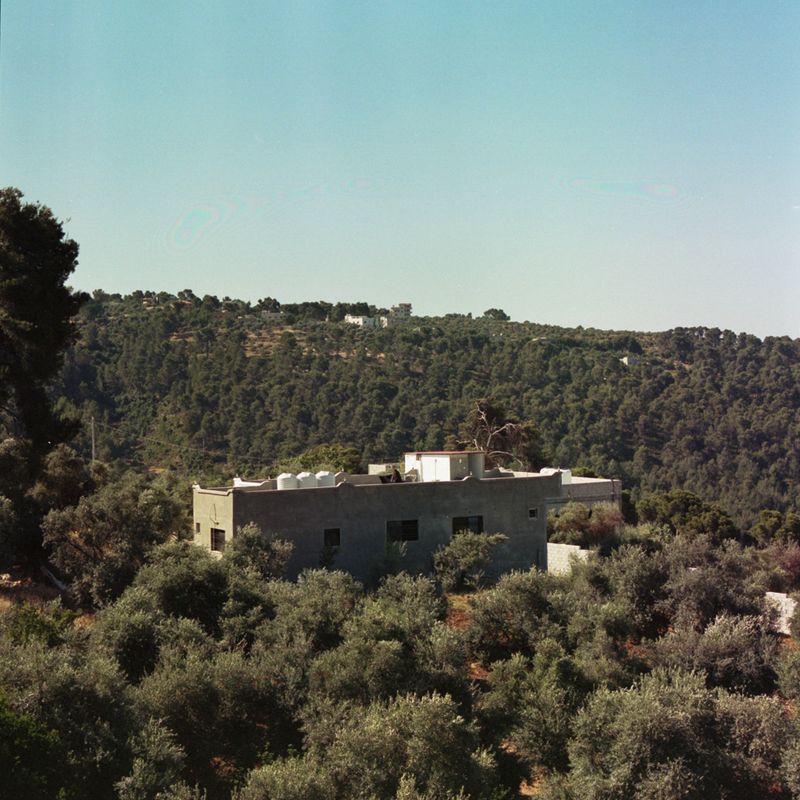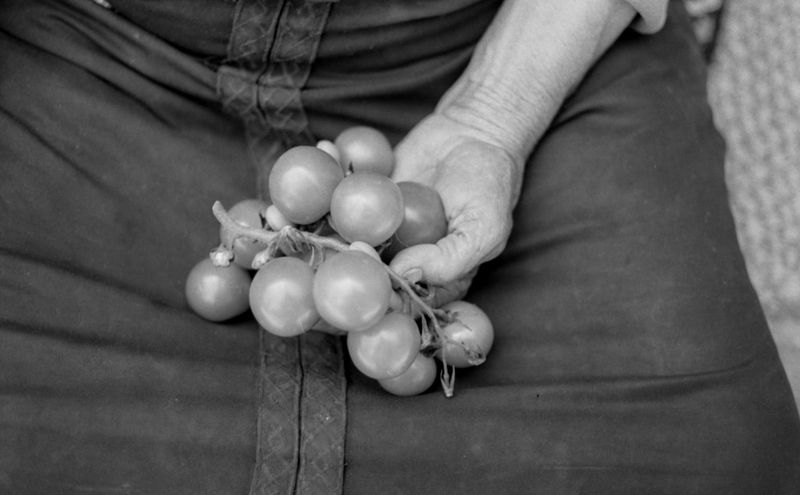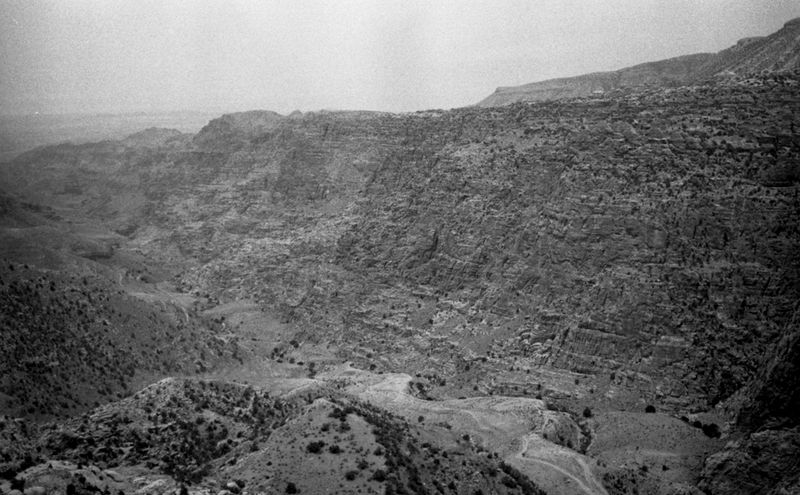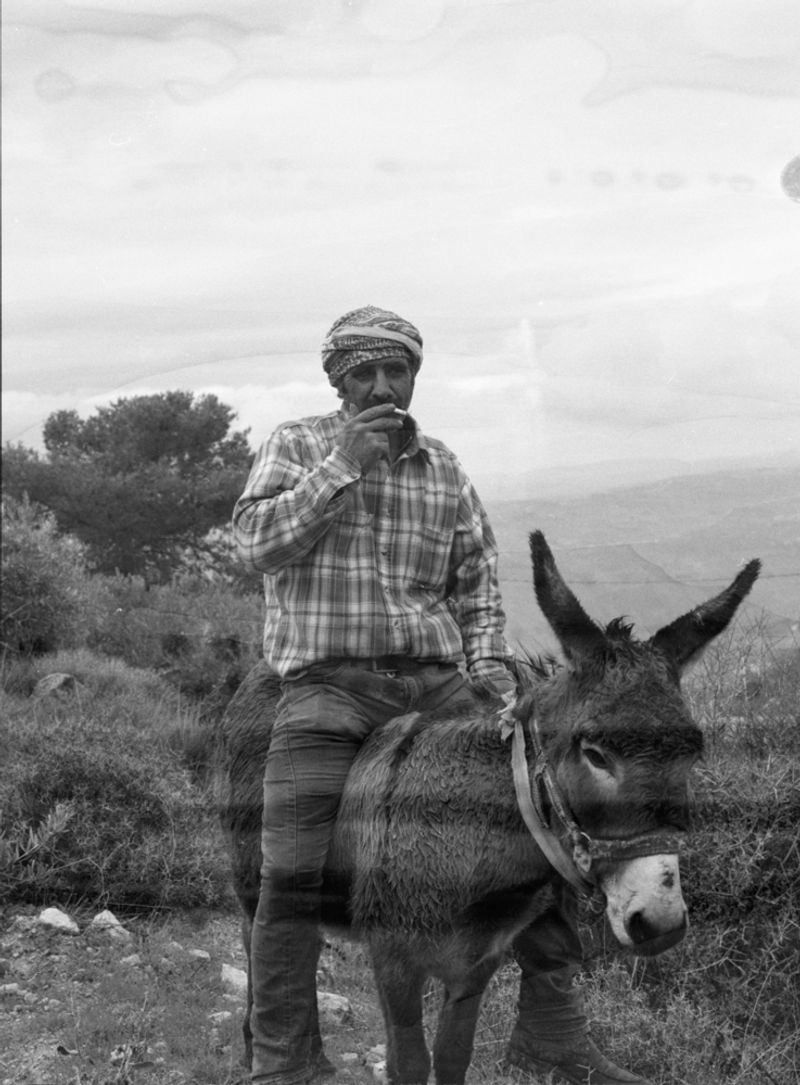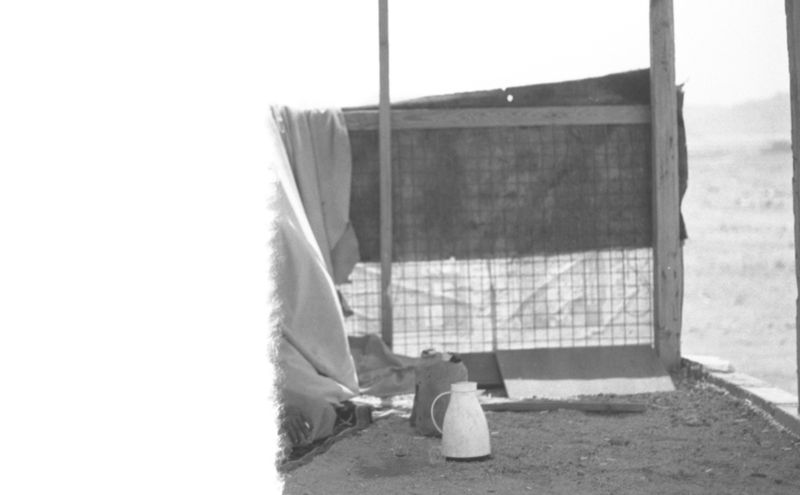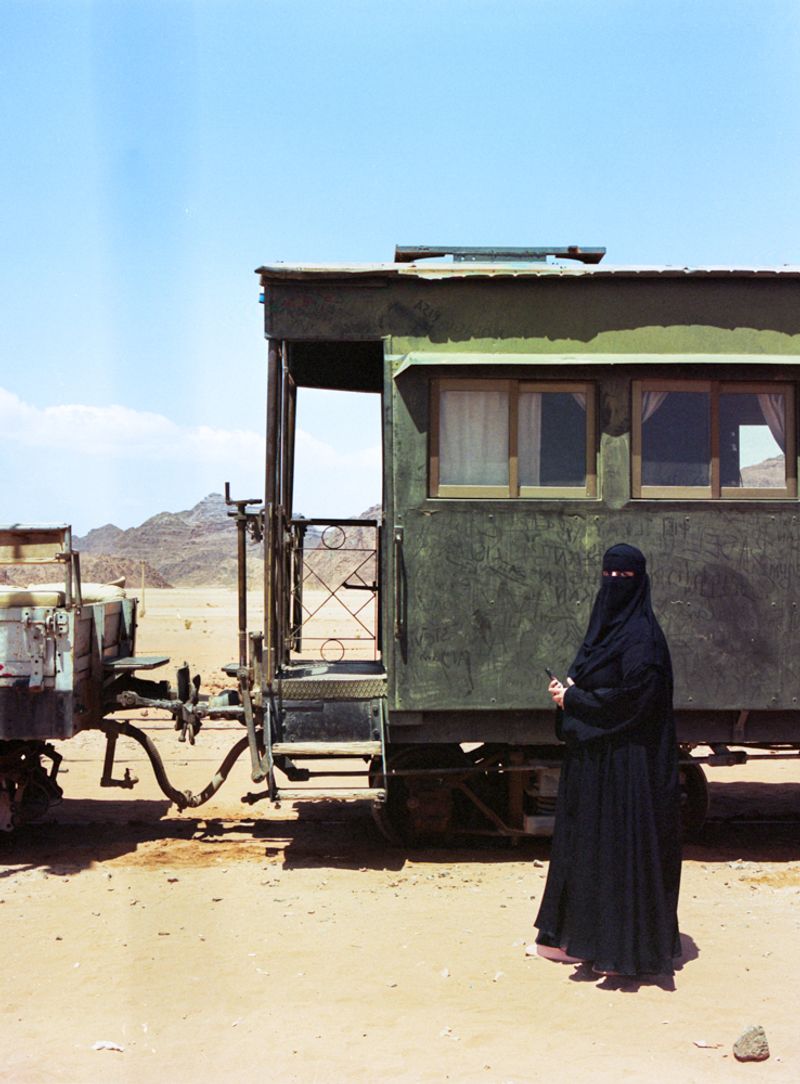Passing / عبور
-
Dates2023 - Ongoing
-
Author
-
Recognition
"Passing / عبور" is a multimedia project documenting the stories of Jordanian land-working communities and their traditional practices as they face threats of displacement and erasure due to climate change, urbanization, and economic pressures.
Passing / عبور seeks to document the stories of land-working communities in Jordan and their traditional practices as they face threats of displacement and erasure, becoming casualties of climate change, urbanization, and sociopolitical and economic shifts.
This shift displaces and undermines the livelihoods of land workers, such as farmers, fishermen, shepherds, and Bedouins. The project seeks to navigate the complex social, cultural, and natural ties that bind communities to each other and to their land, showcasing the resilience of their time-tested traditions and highlighting the flora and fauna they protect and rely on for food, trade, and medicine.
Evoking feelings of loss, grief, and pride, this project aims to create space for the unheard narratives of traditional communities and their deep-rooted practices, honoring their stories and the lands they nurture for generations.
Consisting of three components, Passing / عبور incorporates analog photography, collaborative cyanotype sun printing, and a display of culturally significant pressed and dried herbs, flowers, and other natural materials. By employing these techniques, the project conveys conceptual and methodological consistency, paying reverence to tradition and the resilience of time-honored practices.
I utilize various analog photography techniques, relying on different types of medium format film and 35mm film. I experiment with methods such as multiple exposure, using 35mm in medium format cameras, and even employing large format photography (4x5). Moreover, I develop and scan all the film in my home, embracing the experimental nature of analog photography and processing.
Together, we create cyanotype prints from significant plants, tools, and elements picked and arranged by the subject. This collaborative approach gives them space to personally exhibit these emotionally and culturally significant materials. This offers an intimate view of their lives, practices, and traditions that are at risk of vanishing, fostering a deeper connection between the art and its subjects.
I collect samples of herbs, plants, flowers, and other natural materials like wool, feathers, etc., that hold deep emotional and cultural significance to the communities I document. These elements, carefully chosen for their connections to local traditions and everyday life, are dried, pressed, and displayed alongside the photographs and sun prints. By incorporating these materials into the exhibition, I create a tangible link to the land and its people, reflecting the intimate relationships they have with their natural surroundings.
This project requires funds to cover essential costs such as film, developing chemicals, and processing/archiving equipment. A significant portion of the budget is allocated to transportation and accommodation expenses, allowing for extended visits to remote traditional communities across Jordan. This enables in-depth engagement and collaboration with the subjects over multiple sessions.
Moreover, funds support collaborative workshops with the communities, ensuring their direct involvement in creating the art. These workshops require materials such as fabric and paper, cyanotype chemicals, and other tools necessary to facilitate the creative process while sun printing.
Methods
Research:
I begin by outlining specific regions in Jordan that have seen large-scale urbanization in the past 10–20 years, such as Dana, Wadi Rum, Kerak, etc. Areas in which growing tourism has had a heavy impact, as well as villages and towns in between major cities such as Amman and Madaba, have been greatly affected.
To gather insights, I collaborate with local activists and researchers. I plan to live with these communities for short periods, building trust and creating a space where they feel comfortable sharing their stories from within their homes and land.
To ensure participants are fully informed and comfortable, I work closely with community members to understand their stories and perspectives. Subjects are fully informed on the project to ensure their comfort and to respect their autonomy. I seek alternative ways to document their narratives if subjects are not comfortable being photographed—such as capturing their homes, tools, and farmlands—or take photographs without showing identifiable features such as their faces. I also reach out to various community members, some of whom are more comfortable and open than others. Subjects are involved in setting up scenes, arranging flora for cyanotype prints, and selecting scenes and elements that are meaningful to them. In addition to its value to the project, this process helps build strong rapport and trust.
Photography:
I use various film formats, including 6x6 and 645 medium formats, 35mm film, and panorama, to best capture the diversity of subjects and scenes. Both color and black-and-white films (including infrared film) are utilized, allowing for a range of expressions, from candid moments to curated portraits and expansive landscapes. Techniques such as multiple exposure and composing scenes using additional equipment if needed, such as external lighting, are employed to experiment with the photographic process.
Developing both color and black-and-white films at home ensures a hands-on, intimate approach to every stage of image creation. This step also allows for the flexibility to push or pull film. Processing the film requires developing and fixing chemicals, which are mixed and stored for use throughout the project. After processing, the negatives are dried, cleaned, and scanned using a flatbed scanner before being digitally refined in Adobe Lightroom to prepare for exhibition.
This project employs various documentary photography techniques to convey the depth of the subjects' experiences. Candid shots document community members in their natural environments, capturing rituals, intimacy, and spontaneity within their daily lives. Environmental portraits show individuals within their homes or workplaces, providing context about their surroundings and how these spaces influence their lives. The project utilizes the style of photo essays, presenting a series of images that together form a narrative about the impacts of urbanization, climate change, and cultural loss. With the resources provided by the program, I intend to expand my documentary photography skills and demonstrate my evolution as an artist.
Cyanotype:
I collaborate with community members to collect meaningful materials such as herbs, plants, flowers, tools, handmade objects, etc., to create sun prints. Before beginning the printing process, I create test strips to gauge how much time is needed for the cyanotype to develop, heavily reliant on how strong the sun is at that given moment.
Together, we then apply the cyanotype chemicals to the printing material, wait as it dries, then arrange these elements and wait for them to imprint in the sun. The goal is to create some prints that the community members can keep, while others are reserved for exhibition.
This process requires cyanotype chemicals, brushes, sponges, containers, and other tools to apply the cyanotype chemicals to the printing material, as well as clean water to wash and fix the sun prints. A glass plate is also useful to hold the elements in place as they imprint onto the printing material. The results are left to dry as the images are fixed. The majority of the prints are carefully stored until the exhibition, leaving some with the subjects who created them.
Pressing:
I collect and archive the natural materials used during the collaborative sun printing, focusing specifically on herbs, plants, and flowers, and their uses and significance to the subjects. For pressing, I use book pressing methods to flatten and preserve these materials. This process involves placing the items between sheets of absorbent paper, arranging them neatly to avoid overlap, and then stacking them under heavy books for an extended period of time (typically a few days) to apply even pressure. The pressing process ensures that the delicate details of each item are maintained while removing residual moisture.
After pressing, the items are carefully mounted and displayed alongside their sun prints and the photographs they hold meaning for. This creates a cohesive exhibition that visually connects the preserved materials with the stories and significance they represent, providing a tangible and meaningful context to the accompanying artwork and photographs.
Challenges:
A significant challenge in implementing the Passing / عبور project is navigating the varying levels of comfort with being photographed, particularly among women and children in traditional communities. Some community members may not wish to have their faces or identities captured due to personal or cultural reasons. Additionally, the topics being explored—such as the impacts of displacement, loss of livelihood, and other sociopolitical issues—can be sensitive. This may lead some participants to prefer anonymity or the use of pseudonyms to protect their identities and privacy.
To address these challenges, I adopt a collaborative and flexible approach to documentation. I engage with community members to understand their comfort levels and preferences and develop mediums of documentation that align with their wishes. Instead of focusing solely on direct portraits, I explore photographing elements that symbolize their daily lives and experiences, such as landscapes, tools, or other culturally significant objects.
I also rely on my professional experience as a therapist, which equips me with the skills to engage empathetically with subjects and foster a comfortable and respectful environment. Subjects are fully informed about the project to ensure their comfort and maintain trust and respect throughout the process. If a subject is not comfortable being part of the project, I seek out other community members. By prioritizing trust-building and active listening, I aim to create a space where participants feel safe to share their experiences in the manner they find most comfortable, ensuring their boundaries are respected throughout the project and recognizing the dignity of the subjects even as I frame them within the camera's lens.
Another challenge I anticipate is the limited availability of essential materials in Jordan, including film, developing chemicals, and clean water, which is particularly scarce in the rural areas where these communities reside. To address these issues, I use my car to access remote communities and transport vital supplies, such as power banks, water, lighting equipment, and additional personal items. Additionally, I plan to import film, developing chemicals, cyanotype chemicals, and other necessary materials when local sources are unavailable.
